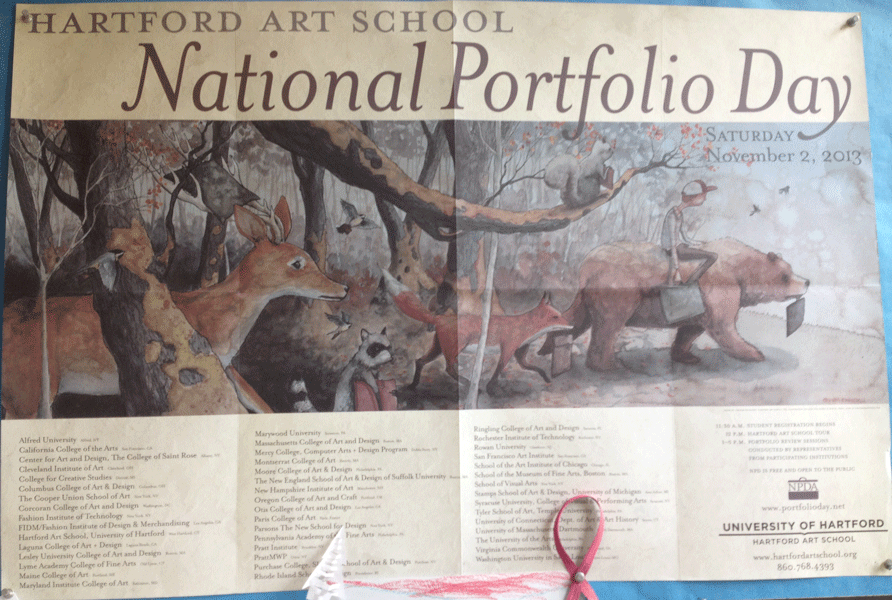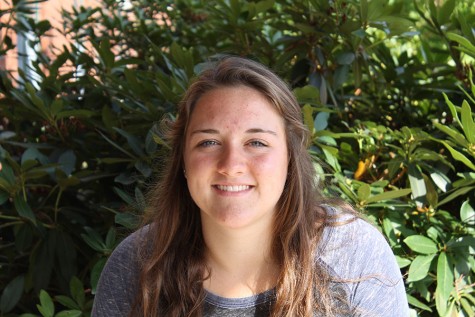Your path after high school
An article for National Portfolio Day at Hartford Art School
December 11, 2015
It’s the most stressful part of the year for seniors, between applying to colleges, balancing sports and participating in any clubs and activities that continue throughout the school year. After high school, there are so many opportunities: getting a job, entering the armed forces, or furthering your education. No matter what path you choose to take after high school, one of the hardest things it deciding what career path you want to take.
Senior Kendall Pestana ‘16 is fortunate enough to have already found one of her biggest passions in life, which has led her to the career in which she wishes to pursue. Aspiring to become a professional photographer, Pestana has taken all the right steps and is on the correct route to achieve her dreams. In preparation for admissions season, she attended a summer intensive program at Massachusetts School of Art. During the program, she learned many new techniques, and gained valuable information about what the admissions offices are looking for in prospective art students.
Although Pestana envisions herself attending a school for the arts, she kept her options open by applying to two non-art schools. The only real difference between the two types of schools, in means of applying, are: non-art schools do not require a portfolio and an art school’s main focus is on your portfolio. Lizzy Wagstaff ’16, another prospective art student, said, “My portfolio has been way more stressful than my essay.”
Advice to other potential art students is to “start your portfolio as soon as you can, don’t wait until the last minute,” Pestana said. A portfolio is used to show the art schools your talents, as well as your style of art. In your portfolio you can include observational drawings and paintings (which are usually required) but everything else is up to you.
Another great opportunity for students looking to apply to art school is attending national portfolio day. During this time, members from many art schools attend and will critique your portfolio, so you have a better idea of what you need to work on before submitting your college applications and portfolios.
“Learn to draw from life,” Lina Pepper, an art teacher here at HB, said. When applying to art school, every painting, drawing, and piece of art you create can contribute to your portfolio, so the earlier you begin to think about getting your portfolio together, the easier you will make it for yourself.
Whatever path you decide to take after high school, planning ahead or knowing what you want to do is important. Many people do not know what they want to do later on in life, but taking your time and finding a path you love is worth it because it’s what you will be doing the rest of your life.














